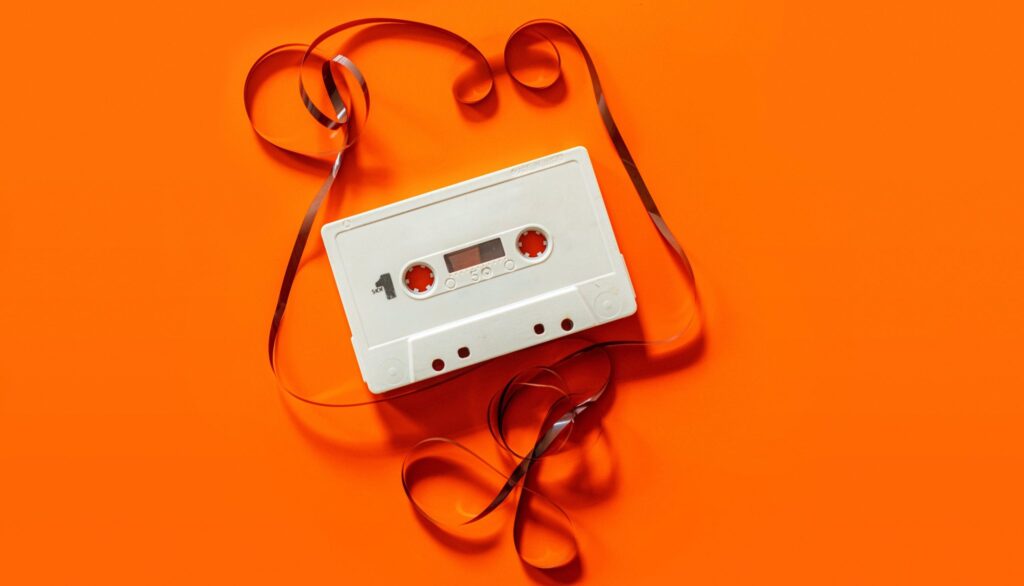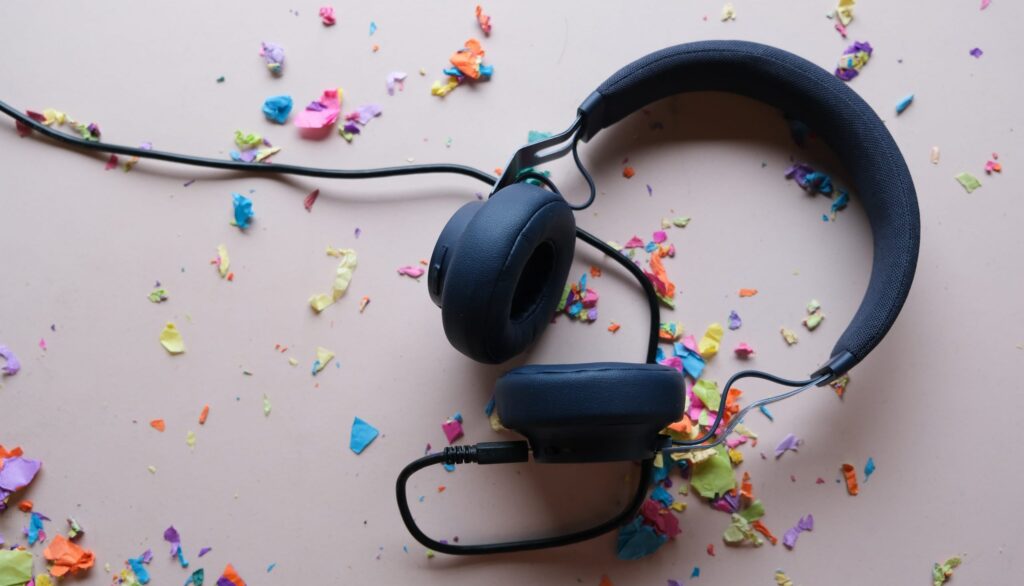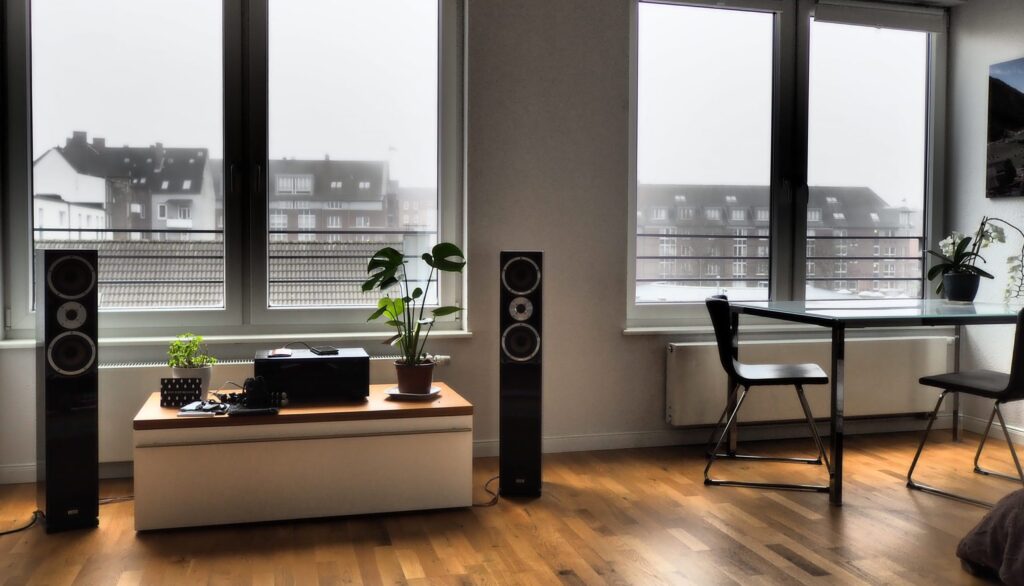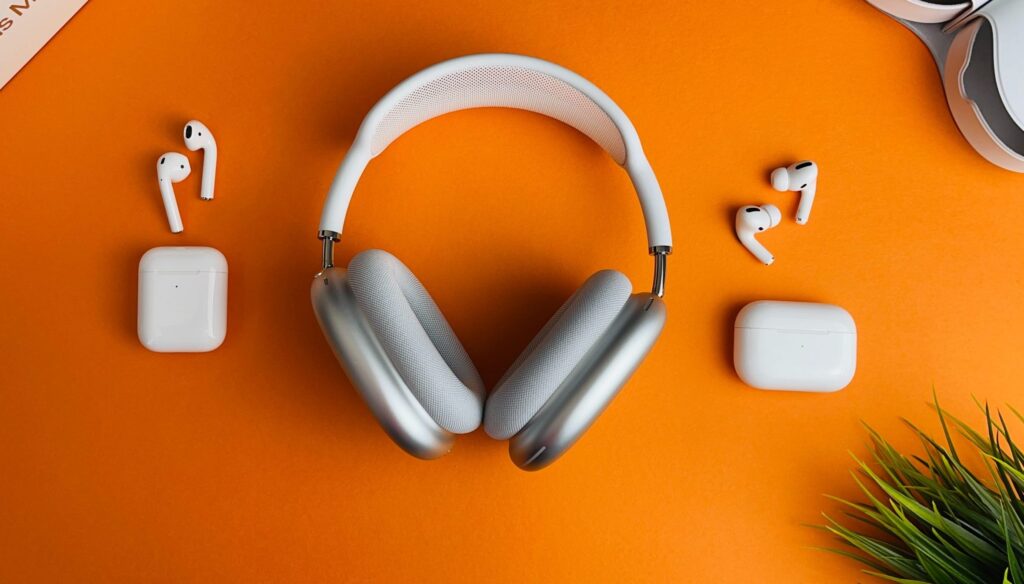Why should you care about codec support on your phone?
I love high-end audio, I love hi-fi products, I like listening to music on hi-end audio gear, I love reading about it and I am generally obsessed with good quality music. I also like when editors describe sound in audiophile magazines with sentences like “bass comes through with great authority” or “the sound staging is super wide” or “trebles are a bit analytical” and I could go on but I promise that in this article there will be none of that, we won’t talk about gold pin connectors or vacuum tube class-A power amplifiers, we will stay mostly in the digital domain and have a glance at today’s latest high-definition Bluetooth codes.
Digital audio 101 (you can skip this)
It would be difficult to explain some of the concepts later in this write-up without some sort of basic understanding of how digital audio works so here is a really quick crash course just in case you feel the need for a recap.
At first, music was recorded mechanically, so phonographs and their predecessors used needles and cones to collect sound waves and “write” them on some sort of soft material like wax paper. Let’s say the end result was far from hi-fidelity, the frequency range and also the reproducible volume were fairly low and this created the need for the second big wave the “electrical era”. Music was recorded with electrical microphones, signal amplifiers, and electromechanical recorders or tape recorders later on. In such analog audio systems, the audio waves remain in their original form as a continuous signal (sinusoidal waves) and translate to changes in current and voltage within the circuits.
In comparison, the main difference in digital audio compared to analog is that it is composed of discrete points representing the amplitude of the waveform so our imaginary sine wave gets sort of chopped up in order to translate it into 1s and 0s. These are our so-called samples taken from the analog waveform and more samples result in a more precise representation.

During the analog to digital conversions, we have two main aspects:
- Sample rate (sampling frequency): thousands of tiny samples taken every second to ensure an accurate replication of the waveform. The higher the frequency the more samples we have so consequently the more information we can store about the original signal.
- Bit depth: determines the number of possible amplitude values we can store for each audio sample. The greater the bit depth, the more amplitude values per sample we can capture which results in better dynamic range.
The CD (or compact disk) standard uses 44.1 kHz sample rate and 16 bit depth and even though this standard dates back to 1980 and for example, the (not that super fancy) audio interface on my desk can be set to 192 kHz and 24 bit, CD quality is still somewhat of an industry standard. This is because file sizes get really big really quickly which makes not only transferring but also processing them resource intensive and the human hearing also has its natural limits so above a certain resolution it gets difficult to tell the quality difference, especially when listening on subpar speakers (more on this later).
If this warmup got you rolling here are two further articles I highly recommend:
- If you want to get deeper into DACs (digital to analog converters), I would start with this link.
- A typical CD player uses a 1-bit DAC as opposed to the modern “multibit” DACs and I find it to be a fascinating concept so here is a bit of extra reading for the technologically curious.
The death of the audio jack
Bluetooth is with us for quite a while, it is actually celebrating its 25th birthday this year so it isn’t really a new kid on the block anymore but I have to admit that up until a few years ago I always found Bluetooth headphones to be mostly expensive and underwhelming at the same time.
Bluetooth is a short-range wireless technology standard that is used for exchanging data and building personal area networks (PANs). In its most widely used form, transmission power is limited to 2.5 milliwatts, giving it a usable range of only up to 10 meters (33 ft). It uses UHF radio waves in the ISM bands, from 2.402 GHz to 2.48 GHz. All manufacturers must meet Bluetooth SIG standards to market their devices as Bluetooth devices as a collection of patents apply to this technology, which is then licensed out to individual qualifying devices. By 2021, there were 4.7 billion Bluetooth devices being shipped annually and there was a steady 10% increase forecasted so you can safely say that the technology is widely available and became an everyday item.

As usual, we can thank Apple for the trend of ditching the headphone jack on our phones which (as similarly to some of their other products) led to a confusing dongle life period for quite a while and funnily enough now you only see midrange Android phones still having the headphone jacks around. It is a matter of opinion if you wear out headphones or phones quicker but for sure audio quality from wired earphones was as good or better for one-third of the price of a Bluetooth headphone for a number of years and this is what mostly kept me away from them. Digital to Analog Conversion used to happen in our phones so your mobile had a built-in DAC and you connected your wired earbuds to a tiny headphone amp in them. At some point, I was even considering the LG V60 phone solely because of its marketed quad DAC but as LG phones died, the trend of wired headphones also went with them and we slowly arrived at today’s 5.3 Bluetooth standard.
If you want, you can of course still buy a so-called external DAC, connect it to your phone and use it to drive your expensive audiophile headphones but in general, the DAC and amplifier have moved houses and are now built into our wireless headphones so we have to transfer digital files to our headphones from our phones (this is what Bluetooth does) and do the conversion in the device. As you can imagine there is not much room for any electronic components in a tiny earplug that also needs to house the drivers, receiver, and batteries in them so that is why it is still sort of catching up to its older siblings.
What is a Bluetooth Codec?
Your phone and your headphones need to speak the same language so they can communicate with each other and that is what codecs are for. Bluetooth codecs are software programs that transmit audio from the source to the receiver. Usually, these codecs compress the data to reduce the file size and encode it in a format that your headphones later can decode.
Quite similarly to digital audio conversion, there are 3 main aspects when talking about codecs:
- Sample rate: we already talked about this in the first section
- Bit depth: higher bit depths result in bigger file sizes as this was also pointed out before
The new thing here is the:
- Bit rate: The number of bits transferred from the transmitter to the receiver in one second. It is usually indicated with Kbps or Mbps. Higher bitrate means better audio quality but also larger file size.
aptX vs LDAC: Which Bluetooth codec wins?
aptX is short for Audio Processing Technology and it is a family of Bluetooth codecs developed by Qualcomm. Its first version was developed in 1980 and is still used on most Android devices but iOS devices just don’t support the aptX codecs. As of last year, there are seven different aptX codecs available: aptX, aptX HD, aptX Adaptive, aptX Low Latency, Enhanced aptX, aptX Lossless, and aptX Live.
In the other corner, we have LDAC which was developed by Sony in 2015. They are actually quite mysterious about what it stands for so we don’t really have an exact queue about the name choice. Sony combined both lossy and lossless technology together in the LDAC codec and uses an adaptive bitrate. This means that LDAC doesn’t have multiple variants like aptX, which creates the main difference between the two.
| Codec | Bitrate | Max Sample Rate | Max Bit Depth | Latency |
| aptX | 384kbps | 48kHz | 16-bit | 50-150 ms |
| aptX HD | 566kbps | 48kHz | 24-bit | ~150 ms |
| aptX Adaptive | 279kbps–420kbps | 48kHz | 24-bit | 80 ms |
| LDAC | 330 kbps/660 kbps/990 kbps | 96kHz | 24-bit | ~200 ms |
Both standards were created to address the previous issues that were somewhat overshadowing Bluetooth. Both aptX and LDAC are not available on iOS and are available on Android devices running Oreo 8.0 or newer. The main difference between the two is that LDAC can switch between three bitrates: 330 kbps, 660 kbps, and 990 kbps depending on the signal strength. Based on its capability to offer high-res audio, the Japan Audio Society (JAS) certified it with its “Hi-Res Audio Wireless” certification.
When it is on its max setting on the adaptive bitrate LDAC produces the best audio, so 990 kbps wins and even aptX HD with its 567 kbps bitrate falls behind when compared to LDAC’s mid-tier 660 kbps bitrate. However, LDAC tends to suffer more from unstable audio and when there’s signal fluctuation it keeps switching between the available bitrates. Also, when it’s on its lowest bitrate, 330 kbps, it performs worse than the aptX codec at 384 kbps bitrate.
aptX Adaptive offers a more reliable audio quality it adjusts its bitrate freely within the range of 279 kbps–420 kbps depending on the given signal strength. LDAC on the other hand can only switch between its three “baked-in” bitrates so aptX Adaptive is a better choice if you want to avoid sharp jitters in your audio.

Audio latency can also be a big deciding factor. To quote the relevant Wikipedia article:
“Latency refers to a short period of delay (usually measured in milliseconds) between when an audio signal enters a system and when it emerges. Potential contributors to latency in an audio system include analog-to-digital conversion, buffering, digital signal processing, transmission time, digital-to-analog conversion, and the speed of sound in the transmission medium.”
The human reaction time is around 17 milliseconds when it comes to audio stimulus so anything below that is good as we won’t be able to detect it but anything greater than that we will definitely notice. This is essentially a non-issue when it comes to casual music listening but it can quickly get frustrating when watching a movie or playing a game. Your favorite character’s lips move but her voice only arrives with a noticeable delay and in the table above you can see that this Bluetooth transfer delay can be more than 200 millisecs so 10x more than our reaction time. Thankfully, platforms like YouTube already have built-in compensation for Bluetooth latency but it is still important to have the right codec.
The Apple ecosystem
The AirPods Pro 2 line and more importantly (at least for me) the AirPods Max have been praised in many reviews for their excellent sound quality. In addition to that, Apple Music (the company’s own streaming service) with its 100 million songs library recently announced that it now supports lossless hi-res audio quality and Apple’s lossless and Spatial Audio offerings are available to Apple Music users at no extra cost which was also a bit of a surprise as most other streaming services usually charge extra for the better quality.
Now here comes the caveat, none of the current Apple headphones support this hi-end listening experience. For the USD 550 that you spent on the AirPods Max, you still can’t listen to Apple Music on the highest quality.
Apple offers three tiers of hi-res audio:
- CD quality (16-bit/44.1kHz),
- Apple Music Lossless (up to 24-bit/48kHz), and
- Hi-Res Lossless (up to 24-bit/192kHz)
There is a dedicated new codec called ALAC (Apple Lossless Audio Codec) but in its headphones, Apple only supports the lossy AAC (Advanced Audio Codec) over Bluetooth. AAC provides 320 kbps at max (but mostly brings 256 kbps) which feels like a step up from MP3 (as that was its design goal), but it is still nowhere near the quality of lossless. The keyword here is “lossy” as AAC uses a compression that removes those ranges of sounds that are considered to be inaudible for the average listener. This means that you do actually lose information compared to the original file. Apple also doesn’t support the higher-quality aptX or the LDAC codecs (which would offer the highest lossless data speeds) so there is a huge gap between their streaming and the hardware offerings.

The newer iPhones (7 and above) do natively support lossless but as you could guess only the Apple Music Lossless kind and not the highest quality Hi-Res Lossless (which would deliver up to 24-bit/192kHz) and to top it off iPhones are only capable of playing up to 24-bit/48kHz. In order to listen to Apple Music tracks above 24-bit/48kHz on your iPhone, you would need to connect an external DAC and use a wired pair of headphones.
When interviewed by Whathifi, Apple’s acoustics team engineer, Esge Andersen said that while audio quality is always a priority for them, “it is important to understand that we can still make big strides without changing the codec. And the codec choice we have there today, it’s more about reliability. So it’s about making something robust in all environments… We want to push the sound quality forward, and we can do that with a lot of other elements. We don’t think that the codec currently is the limitation of audio quality on Bluetooth products.”
I can completely see why a company as big as Apple with such a broad user base chooses reliability and avoiding glitches as its top priority but in my humble opinion, Andersen’s statements are a bit hard to defend. For example TIDAL, the streaming service of choice for most audiophiles offers Master grade as its highest quality offering which they refer to as 2304-9216 Kbps, and if you compare that with the AAC spec you can see that it is only capable of the fraction of this resolution and no matter how good the headphone is if most of the detail and information is lost in the data transfer. Whether that is important data that you can hear on your speakers or not is the important question here.
At the end of the day, my prediction is that the rumored AirPods Max 2 will have better codec support to match the Apple Music offering otherwise it will be an even tougher sell when consumers compare it against the crowded competition but I can also see that features like SpatialAudio get the most attention and broad support in the product line. To be completely fair, it is difficult to tell aptX and aptX HD apart on my Sennheiser headphones with an Android phone so there might be something in Apple’s reasoning.
If you are curious about how streaming services work technically or just want to share some music, please feel free to drop us a line and surprise me with an audiophile cliché.